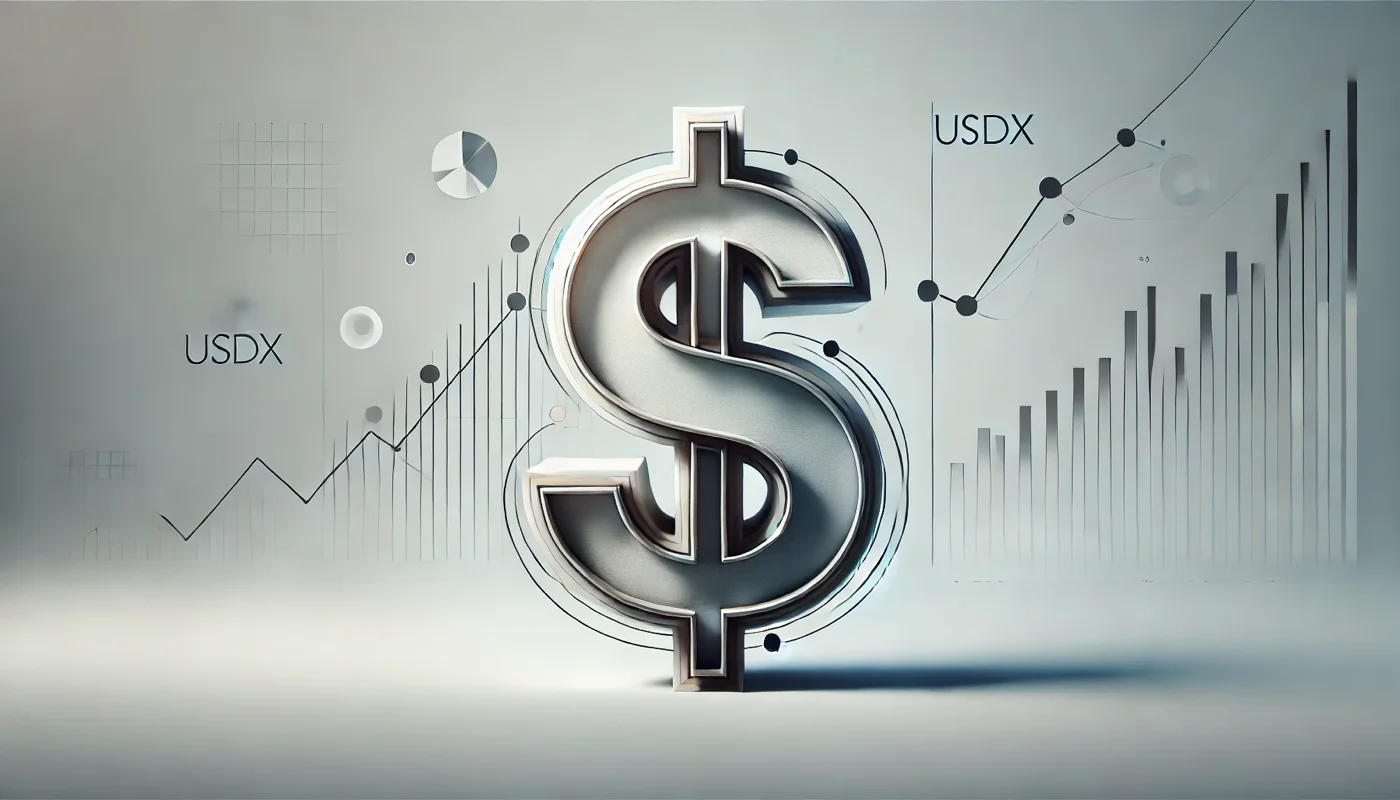Eurozone
The euro is gaining ground against the dollar, yen, and pound. Traders remain focused on the European Central Bank’s (ECB) stance regarding future monetary policy. Increasingly, experts believe the ECB may pause further action until the end of the year. Should macroeconomic indicators align with forecasts, no further borrowing cost reductions are expected in 2025. This morning’s data revealed that Italian industrial production rose from 0.0% to 1.0% month-over-month and from –1.8% to 0.3% year-over-year, while the June Sentix index—measuring investor confidence—climbed from –8.1 to 0.2 points. No other major euro drivers are expected, suggesting sideways movement will likely persist.
United Kingdom
The British pound is falling against the euro, dollar, and yen. Downward pressure intensified after unemployment data showed an increase from 4.5% to 4.6% in April, while average earnings growth (excluding bonuses) slowed from 5.5% to 5.2%, and including bonuses, from 5.6% to 5.3%—the lowest since Q3 2024. Higher national insurance contributions and a raised minimum wage, both effective since April, appear to be dampening hiring activity ahead of the summer. The Bank of England is likely to factor this into its June 19 monetary policy meeting.
Japan
The yen is strengthening against the pound but declining against the euro and dollar. One of the main constraints for further adjustments by the Bank of Japan is the elevated yield on super-long Japanese government bonds (JGBs). Last week, yields rose sharply enough that Finance Minister Katsunobu Kato indicated readiness to implement special stimulus measures for bondholders. This followed reports that the government may repurchase older long-term debt issued at lower rates. Currently, the yield on 40-year JGBs stands at 3.089%, underscoring minimal demand from traditional investors.
Australia
The Australian dollar is strengthening against the yen, pound, euro, and U.S. dollar. AUD’s recent gains followed the release of Westpac Banking Corp’s consumer sentiment index, which climbed from 92.1 to 92.6 in May. While the change is modest, analysts view the outlook for the national economy as increasingly positive. The recent cut in borrowing costs helped offset concerns about weak global trade and subdued economic growth. Meanwhile, U.S.–China trade talks continue, and in the absence of a clear outcome, market volatility remains low.
Oil
Oil prices are attempting to consolidate above the $67.00 level, buoyed by news that the European Commission is preparing new sanctions targeting the Russian oil sector as part of its 18th package. The measures would not only prohibit the use of Nord Stream 1 and 2 pipelines but also lower the price cap for Russian crude from $60 to $45 per barrel. However, analysts note that the U.S. is unlikely to back these amendments, since lower Russian oil prices would undercut U.S. competitiveness.

